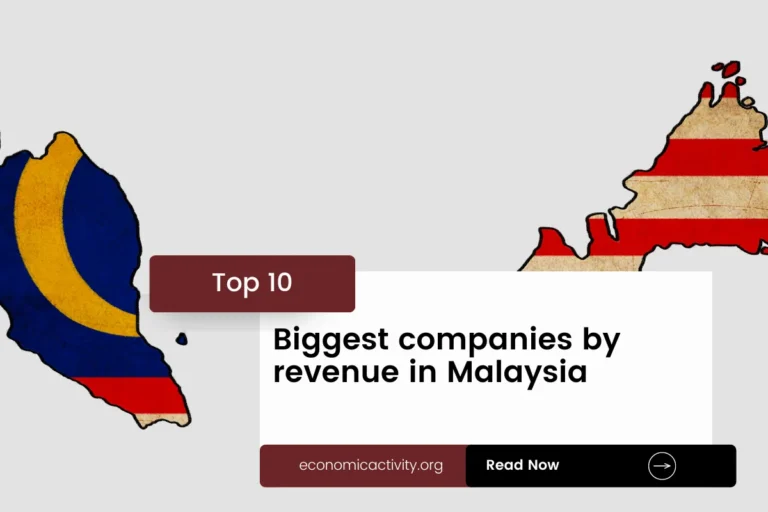Switzerland, with a population of 8,775,760, is ranked 98th in the world, just behind Togo. Located in Europe, it covers 41,290.7 sq. km, ranking 126th globally, just below the Netherlands.
Switzerland, a prosperous country known for its strong economy, holds the 20th position in terms of GDP with a staggering $818,426,550,206.45 in 2022. It is closely followed by Turkey, which ranks 19th with a GDP of $907,118,435,952.688. In GDP per capita, Switzerland secures the 7th spot with $93,259.9057, while the Cayman Islands surpasses it, ranking 6th with a GDP per capita of $99,624.8854.
Switzerland’s economic stability and high standard of living contribute to its impressive position in the global economy.
What are the economic activities of Switzerland?
- Primary activities: 0.7% of GDP.
- Secondary activities: 25.6% of GDP.
- Tertiary activities: 73.7% of GDP.

Primary Sector of Switzerland
Switzerland’s primary sector, particularly agriculture, thrives due to its diverse climate and abundant natural resources. With 37.95% of the land dedicated to agriculture, the country produces a variety of crops and animal products. The main agricultural products include milk, sugar beets, wheat, potatoes, pork, apples, barley, beef, grapes, and maize.
Despite contributing only 0.7% to the GDP, agriculture plays a vital role in the economy. The sector’s significance lies in the variety and quality of products, highlighting the importance of Swiss agriculture in sustaining local food production and preserving traditional farming practices.
Switzerland’s diverse geology provides abundant natural resources. With vast hydropower potential, timber-rich forests, and salt deposits, the primary sector thrives, contributing significantly to the economy through energy production, forestry, and chemical industries.
Switzerland’s gas economic activity production remains modest, with natural gas production reaching 25 million m³ in 2020, ranking the country 91st globally.
Secondary Sector of Switzerland
What is the secondary sector or what are secondary activities?
The secondary sector includes industries that produce finished goods from raw materials. In Switzerland, the main industrial products are machinery, chemicals, watches, textiles, precision instruments, insurance, and pharmaceuticals. These products are manufactured for domestic consumption and export, contributing significantly to the country’s economy.
Manufactures play a crucial role in Switzerland’s total exports, accounting for 68.55% in 2023. This highlights the significance of the manufacturing sector in driving the country’s economy and global trade competitiveness.
Tertiary sector of Switzerland
What is the tertiary sector or what are tertiary activities?
The tertiary sector, also known as the service sector, encompasses the intangible aspects of the economy where individuals provide knowledge and time to enhance productivity and meet needs. It includes offerings like advice, expertise, and attention, catering to both consumer and business-to-business services. In Switzerland, key tertiary activities are banking and finance, healthcare and medical care, education and training, tourism and hospitality, transportation and logistics, and communication and information exchange.
Highlighting these, Switzerland’s tourism industry is a vital pillar of its economy, accounting for a significant portion of its GDP. With an impressive 11,818,000 annual arrivals, surpassing its population ratio of 1.3467, popular destinations like the iconic Swiss Alps and the picturesque city of Lucerne attract visitors from around the world, contributing substantially to the country’s economic growth.
Another example of tertiary economic activity is the mobile cellular economic sector, boasting over 10 million subscriptions. This extensive connectivity fosters technological advancements, enhancing innovation and digital services nationwide.
Military Activities and Economic Sectors of Switzerland
The military is a clear example of various economic activities working together. In the primary sector, resources are extracted for military use, while the secondary sector focuses on manufacturing military equipment. The tertiary sector provides services, and the quaternary sector involves research and development. Lastly, the quinary sector deals with high-level military decision-making and strategy, showing how the military connects to many parts of the economy.
In Switzerland, the most recent annual military expenditure is $6,293.4 million. This spending is about 0.76% of the country’s GDP. The active military force has 19,550 personnel, which means there are 26 active military members for every 1,000 people in the country.
Biggest company in Switzerland
Which is the biggest company in Switzerland? The largest is Nestlé, with a market value of $360.01 billion. Founded in 1866, it operates in the Food and Beverage industry, part of the Secondary economic sector. Nestlé is known for its wide range of food products worldwide.
International Trade of Switzerland
Import Activities of Switzerland

Switzerland’s high import activities, accounting for 63.23% of GDP, demonstrate its reliance on global trade for economic growth.
Switzerland’s key import activities include gold, packaged medicine, vaccines, cars, and garments. The country’s top import partners are Germany (21%), the US (10%), Italy (8%), France (6%), and China (5%).
Exports Activities of Switzerland

Switzerland’s export activities are of high importance, accounting for 76.94% of its GDP in 2023, totaling 419.92 billion. This demonstrates a strong reliance on international trade for economic growth.
Switzerland’s export activities are diverse, with top partners being the US, Germany, China, Italy, and France. Key commodities include gold, vaccines, packaged medicine, nitrogen compounds, and base metal watches.
Switzerland economy challenges in 2024
Switzerland faces challenges in 2024 with slowed GDP growth post-pandemic, an aging workforce, and increasing competition in innovation. Maintaining its status as a top-ten GDP per capita country will require adapting to global economic shifts and investing in workforce development.



Leave a Reply